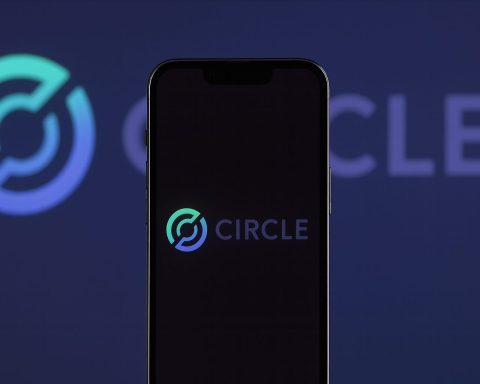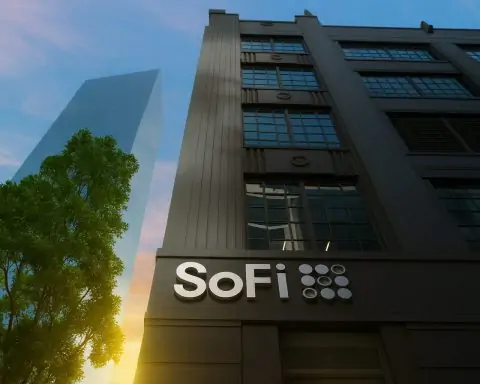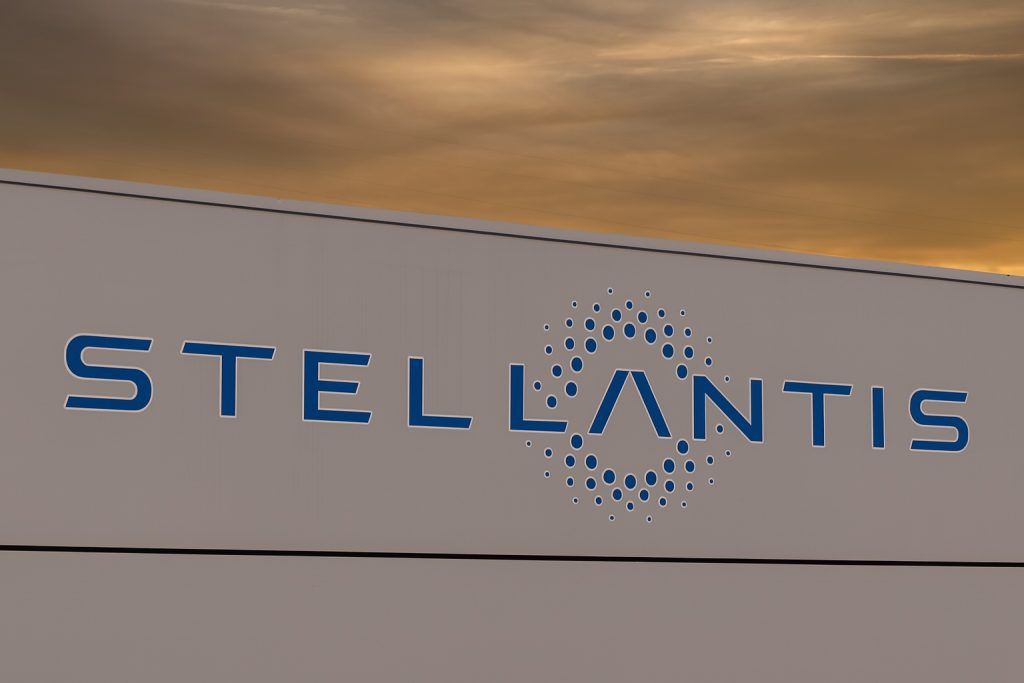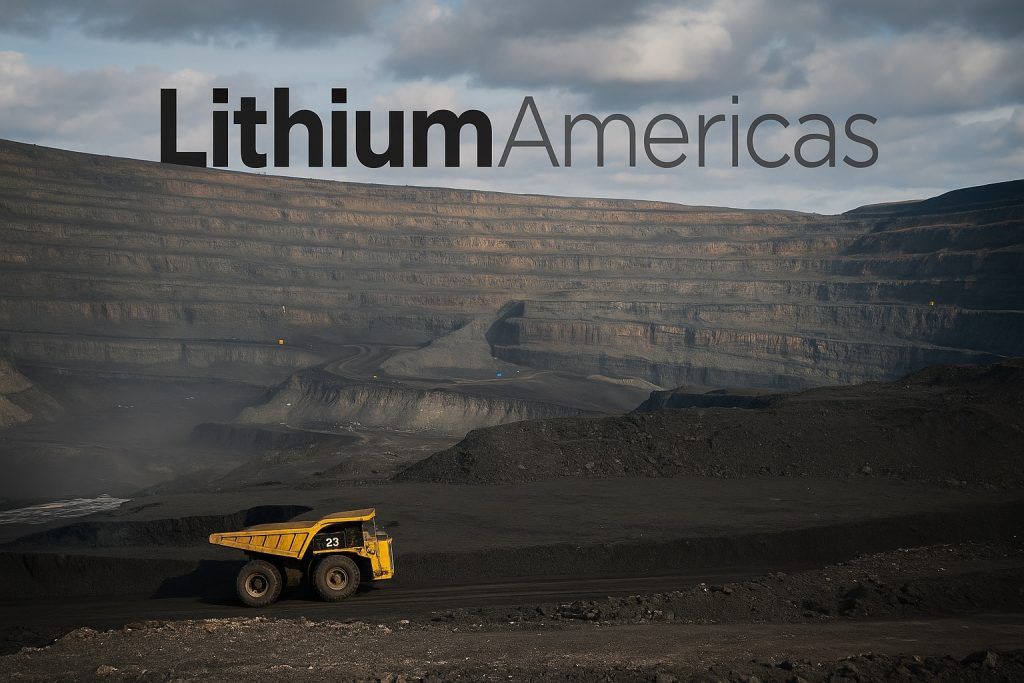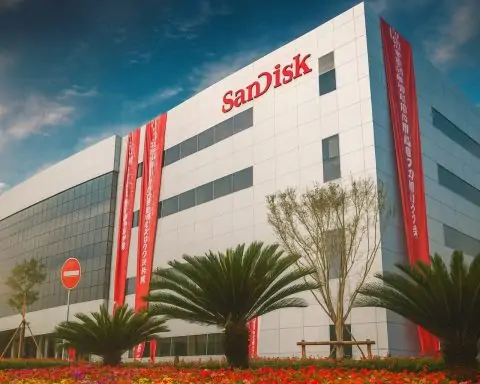HOND stock has surged into the mid-$20s (around $24.98 as of Oct. 15, 2025) after trading in the high teens last week [1] [2]. Its volume spiked (about 1.14 million shares on Oct. 13) and the stock gapped up from $18.86 to $21.69 at open on Oct. 13 [3]. – The catalyst is a proposed merger with Terrestrial Energy Inc., a next-gen nuclear reactor company. The SEC declared the merger’s S-4 registration effective on Sept. 26, and HCM II shareholders will vote on Oct. 20 to approve the deal [4] [5]. If approved, the combined firm will list on Nasdaq as “IMSR” (its reactor technology) and “IMSRW” for its warrants [6]. – Terrestrial’s technology – an Integral Molten Salt Reactor (IMSR) – is getting major backing. Terrestrial was selected for the DOE’s Nuclear Fuel Line Pilot Program and even got a safety green light from the U.S. Nuclear Regulatory Commission, marking the first-ever NRC approval of a molten-salt reactor design [7] [8]. – Analysts and funds are mixed. MarketBeat notes Weiss Ratings still calls HOND a sell [9], while an independent analyst at Seeking Alpha just initiated coverage with a Buy, citing Terrestrial’s regulatory momentum and tech edge [10]. Institutional investors like JPMorgan are accumulating HOND (over $0.55M in Q2) and hedge funds are raising stakes [11] [12]. – Technical indicators are bullish. Charts show HOND well above its 50-day moving average (~$13.63), and most momentum gauges and moving-average signals are in “Buy” territory [13] [14], reflecting strong upward momentum.
HOND Stock Surges on Merger News
HCM II Acquisition Corp. (NASDAQ: HOND) – a blank-check SPAC – has seen its stock price jump dramatically in recent trading. On Oct. 13, HOND opened at $21.69, up from a prior close of $18.86, and closed around $21.21 on unusually high volume [15]. The rally continued into Oct. 14–15: by the afternoon of Oct. 15 the stock was trading near $24.98 (a near-52-week high) [16]. Market observers note that volume has been surging (over 1 million shares traded on Oct. 13 [17]), underscoring that many investors are positioning ahead of a key event. MarketBeat reported a 25% jump in trading volume on Oct. 14 as HOND jumped to $22.24 (from $21.00 the prior close) [18].
This breakout comes just days before a major vote: shareholders of HCM II will meet on Oct. 20, 2025 to approve the SPAC’s merger with Terrestrial Energy [19] [20]. The SEC recently declared the merger registration statement effective on Sept. 26 [21], clearing the way for that vote. If the business combination is approved and closed, the new company (effectively Terrestrial Energy) plans to list on Nasdaq under the symbols “IMSR” (common stock) and “IMSRW” (warrants) [22]. In other words, an approval would directly turn HOND holders into shareholders of a publicly traded nuclear reactor firm.
SPAC Merger and Company Background
HCM II Acquisition is a special-purpose acquisition company – essentially a “blank check” vehicle that raised capital via IPO in 2024 with the sole purpose of merging with a target business [23]. Its management, led by CEO Shawn Matthews, is focused on high-growth tech. The chosen target, Terrestrial Energy, is a Canadian clean-energy startup developing advanced nuclear reactors. Terrestrial’s flagship product is the IMSR (Integral Molten Salt Reactor), a small modular reactor designed to supply zero-carbon baseload power and high-temperature industrial heat. (Terrestrial emphasizes that IMSR plants use standard low-enriched uranium fuel and can scale to gigawatt levels while remaining inherently safe [24] [25].)
Terrestrial’s technology has been attracting positive attention. For example, on Sept. 10, 2025 Terrestrial announced that the U.S. Nuclear Regulatory Commission completed its safety evaluation of the IMSR design – the first time the NRC has approved the principal design criteria for a commercial molten-salt reactor [26]. The NRC specifically validated the IMSR’s temperature-based inherent safety control mechanism for power regulation [27]. These regulatory endorsements reduce a major technical risk. Separately, Terrestrial was just selected for the Department of Energy’s Fuel Line Pilot Program, bolstering confidence that its standard-assay low-enriched uranium (SALEU) fuel strategy can support large deployments [28]. As Terrestrial CEO Simon Irish noted, these “dual recognitions” by the DOE highlight confidence in both the reactor design and its fuel/supply-chain strategy [29].
Both CEOs have been upbeat. In recent press releases, Irish called the S-4 effectiveness a “key transaction milestone” and touted their IMSR as a “transformative” solution to global energy demand [30]. HCM II’s Shawn Matthews likewise praised Terrestrial’s IMSR: “We view Terrestrial Energy’s IMSR technology as a transformative solution for the world’s growing industrial energy needs, delivering safe, reliable, and cost-effective power,” he said [31]. This nuclear technology promises to extend nuclear energy into new markets – beyond just electricity – by providing high-temperature heat for data centers, manufacturing, and more [32].
Market and Analyst Reaction
Investors have responded strongly. Institutions are taking note: according to MarketBeat, JPMorgan added about $552,000 worth of HOND in Q2 [33], and hedge funds like North Capital raised their holdings by two-thirds in Q3 [34]. The flurry of buying helped propel HOND higher. On the sell-side, the focus is on the looming vote: traders generally expect shareholders to approve the deal, so HOND is effectively tracking Terrestrial’s implied valuation (around $1.3 billion in enterprise value) ahead of Oct. 20.
Analyst sentiment is mixed. Market data shows Weiss Ratings reaffirmed a “Sell (D-)” rating on HOND shares in early October [35]. On the other hand, independent analysts are enthusiastic about the nuclear angle. Seeking Alpha contributor Sarfatti initiated coverage on Oct. 14 with a Buy recommendation for HOND, pointing to Terrestrial’s strong leadership, recent regulatory wins, and the large addressable market for next-gen reactors [36]. He wrote that Terrestrial “stands out” among modular reactor developers thanks to “positive regulatory momentum, strong leadership, and technological advantages” [37].
At least one analyst blog is very bullish: Financhill reports that virtually all key technical indicators for HOND are in buy mode [38] [39]. For example, HOND’s 50-day moving average is only about $13.63, far below the current price, and shorter-term momentum oscillators (RSI, MACD, etc.) are showing strong upward trends [40] [41]. In plain terms, HOND has been in a clear uptrend with little resistance overhead, suggesting room to run if the merger goes through. However, traders also caution that stocks rising this quickly can see pullbacks on profit-taking, especially after the Oct. 20 meeting.
Technical Outlook and Investor Takeaways
From a technical standpoint, HOND looks extended. The stock is near a 52-week high ($26.00) [42], and its relative strength index (RSI) is in overbought territory. Many chartists would interpret this as a sign the stock has momentum – but also that short-term profit-taking could occur. Financhill’s data shows all short-term simple moving averages (8-day, 20-day) are bullish buys [43]. On the downside, if the merger vote were somehow delayed or derailed, HOND could retrace sharply (as many SPACs do when deals falter).
On the fundamental side, HOND’s only business is this one merger. It has no revenues or operations of its own [44]. Its value comes from the combined company: if the merger closes, HOND shareholders will own Terrestrial’s business. In that sense, HOND is more like a disguised stock pick in the nuclear space. The fundamentals of Terrestrial will then matter. Right now, Terrestrial touts an innovative reactor, key regulatory approvals, and DOE backing – all positives. But the market for commercial small modular reactors is still speculative and capital-intensive.
Bottom Line: HOND’s recent rally reflects excitement about the nuclear merger narrative. With the SEC green light and an October 20 shareholder vote looming [45] [46], investors are betting on a smooth approval. If approved, HOND will convert into a public Terrestrial Energy (Nasdaq: IMSR), giving retail investors exposure to advanced nuclear power. Even so, some experts remain cautious: ratings firms still view HOND skeptically [47] and remind investors that SPAC deals carry uncertainty. Technical indicators suggest the stock has momentum [48] [49], but also that it’s already run high into key resistance. In the coming days, watch the Oct. 20 vote outcome and any new guidance. A positive vote could push HOND even higher, while a ‘no’ vote would send it back toward its trust-fund redemption price (~$10).
Sources: Latest SEC filings and press releases [50] [51]; recent industry news [52] [53]; real-time market data from MarketBeat and Investing.com [54] [55]; Seeking Alpha and other analyst commentary [56] [57].
References
1. www.investing.com, 2. www.marketbeat.com, 3. www.marketbeat.com, 4. www.businesswire.com, 5. www.businesswire.com, 6. www.businesswire.com, 7. www.globenewswire.com, 8. www.globenewswire.com, 9. www.marketbeat.com, 10. seekingalpha.com, 11. www.marketbeat.com, 12. www.marketbeat.com, 13. financhill.com, 14. financhill.com, 15. www.marketbeat.com, 16. www.investing.com, 17. www.marketbeat.com, 18. www.marketbeat.com, 19. www.businesswire.com, 20. www.businesswire.com, 21. www.businesswire.com, 22. www.businesswire.com, 23. www.marketbeat.com, 24. www.globenewswire.com, 25. www.businesswire.com, 26. www.globenewswire.com, 27. www.globenewswire.com, 28. www.globenewswire.com, 29. www.globenewswire.com, 30. www.businesswire.com, 31. www.businesswire.com, 32. www.businesswire.com, 33. www.marketbeat.com, 34. www.marketbeat.com, 35. www.marketbeat.com, 36. seekingalpha.com, 37. seekingalpha.com, 38. financhill.com, 39. financhill.com, 40. financhill.com, 41. financhill.com, 42. www.investing.com, 43. financhill.com, 44. financhill.com, 45. www.businesswire.com, 46. www.businesswire.com, 47. www.marketbeat.com, 48. financhill.com, 49. financhill.com, 50. www.businesswire.com, 51. www.businesswire.com, 52. www.globenewswire.com, 53. www.globenewswire.com, 54. www.marketbeat.com, 55. www.investing.com, 56. seekingalpha.com, 57. www.marketbeat.com

